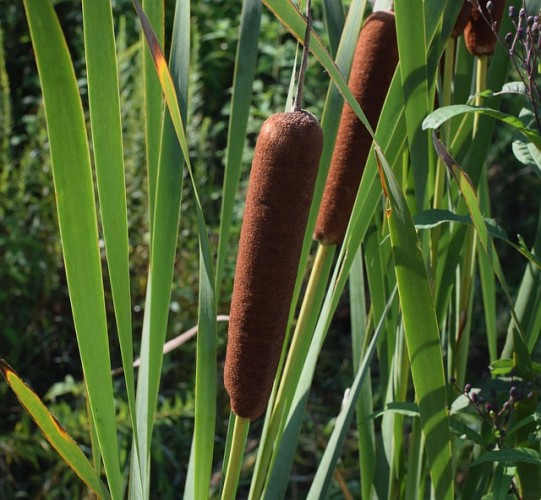All posts tagged cattail
Common Cattail: Swamp’s Grocery Store
Typha latifolia, also known as common cattail, corn dog grass, bulrush, broadleaf cattail, or just cattail, is a perennial plant in the cattail family. It is native to North and South America, Australia, Europe, and Africa. The grass-like plant commonly occurs in marshland, ponds, swamps, wet thickets, and bogs. It thrives in moist soil on the edge of riparian areas in places with plenty of sunshine. Continue reading [...]

